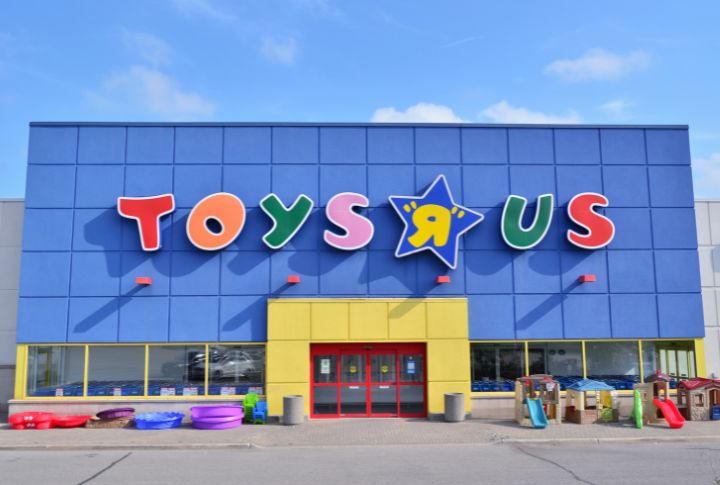
Long before social media existed, certain brands in the ’80s shaped culture and sparked trends with their products. Although some left behind treasured memories, others fell into obscurity or legal woes. But each brand helped define a generation in its own way, so let’s rewind the VHS of history and see what became of these iconic names.
Pan Am

Financial losses and the Lockerbie tragedy led to the shutdown of what was once the largest international U.S. airline in 1991. Along the way, the brand also made history by introducing innovations like the Boeing 747 and computerized reservations, which reshaped air travel at the time.
Blockbuster
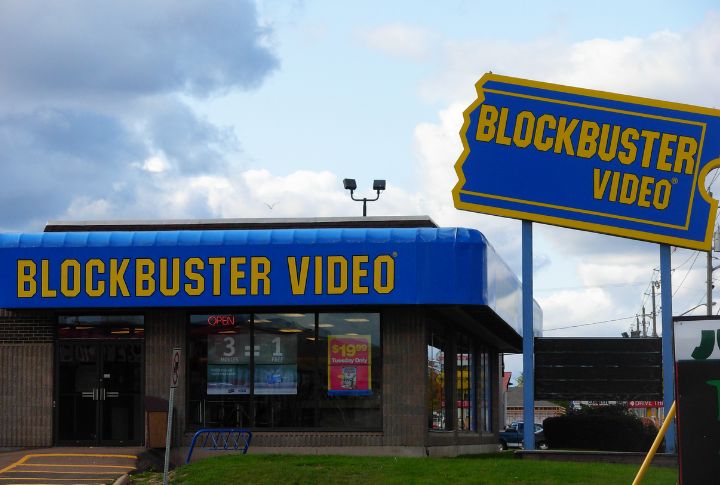
Video rental became a cultural staple thanks to the massive expansion of Blockbuster across thousands of stores. Despite booming business in the 1990s, it failed to capitalize on emerging trends in streaming. The company passed on a $50 million Netflix offer, ultimately filing for bankruptcy in 2010 after losing its grip on the digital age of entertainment.
Commodore Computers
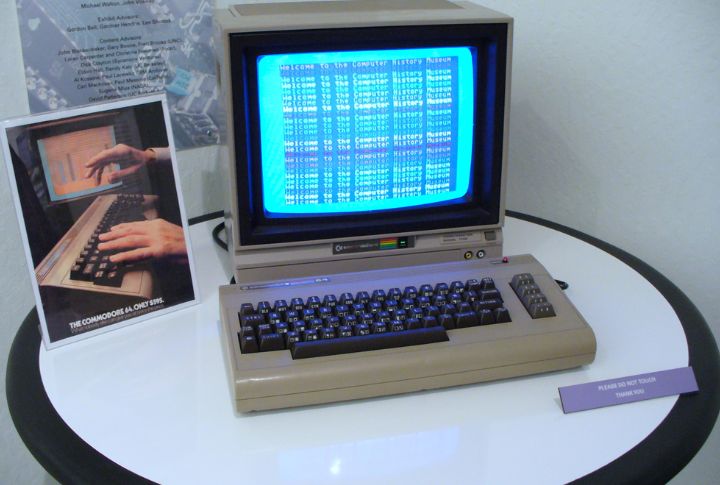
The Commodore 64 brought affordable computing into living rooms across the country and sold in millions. With over 10,000 compatible programs, it became a software powerhouse. However, poor leadership and missed market shifts led to the company’s shutdown in 1994, ending its reign as a home tech favorite.
Toys “R” Us
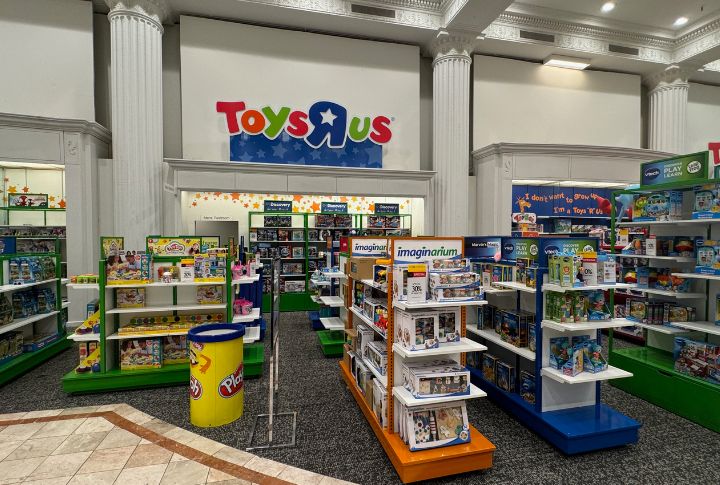
Once a global toy giant, Toys “R” Us charmed shoppers for years, guided by the friendly Geoffrey the Giraffe. Bankruptcy in 2017 ended an era, and a 2021 relaunch didn’t stick. Despite this, the brand continues to hold a special place in retail memory.
Atari
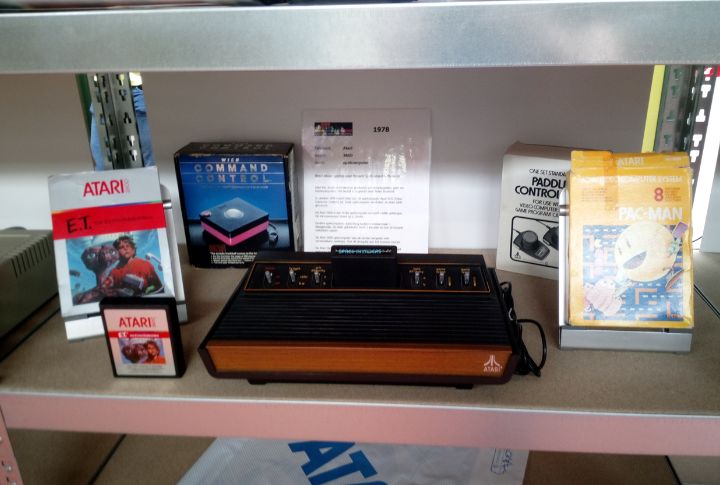
Atari played a significant role in shaping home gaming, particularly with the breakout success of the 2600 console. But by 1983, rushed titles like “E.T.” and poorly made third-party games oversaturated the market. The video game crash hit hard, and although the brand still legally exists, its original dominance never returned.
Woolworth’s
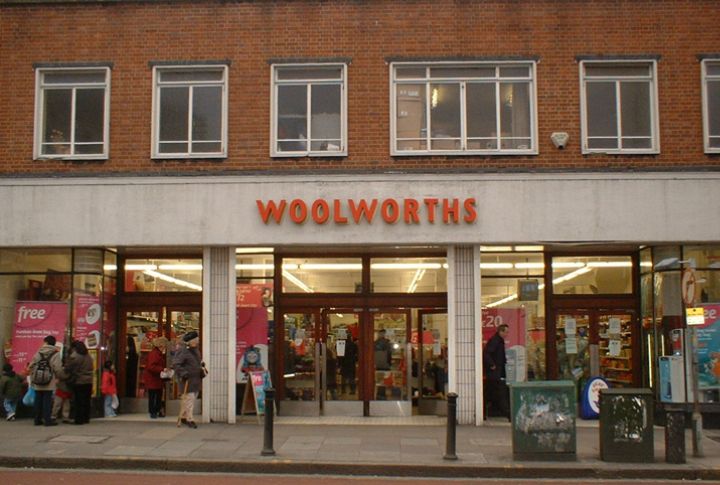
Department store culture in the U.S. owes much to this brand, as it was once the favorite store for shoppers to buy everyday goods. However, Woolworth’s wrapped up its retail journey in 1997 and can be considered something of a retail ancestor to today’s dollar stores.
Tandy Corporation
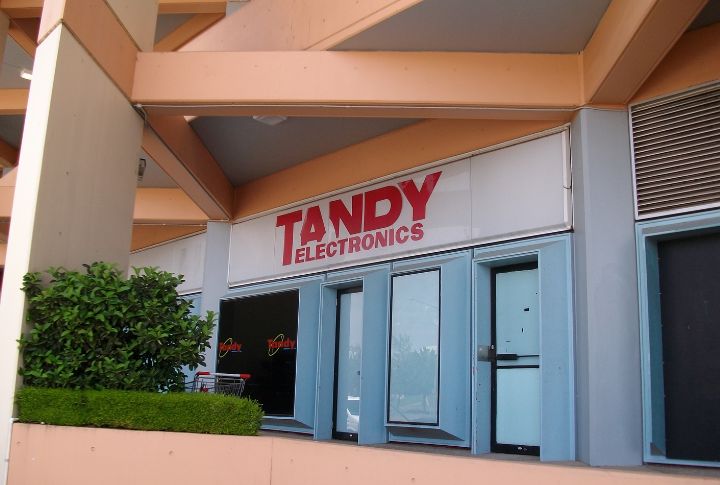
Innovation in personal computing got an early boost from Tandy, which also owned RadioShack. Known as the “Trash-80,” the TRS-80 made computing accessible to ordinary users. As the ’90s unfolded, the company eventually faded quietly, losing ground to flashier, more integrated tech brands.
Polaroid (Original Corporation)
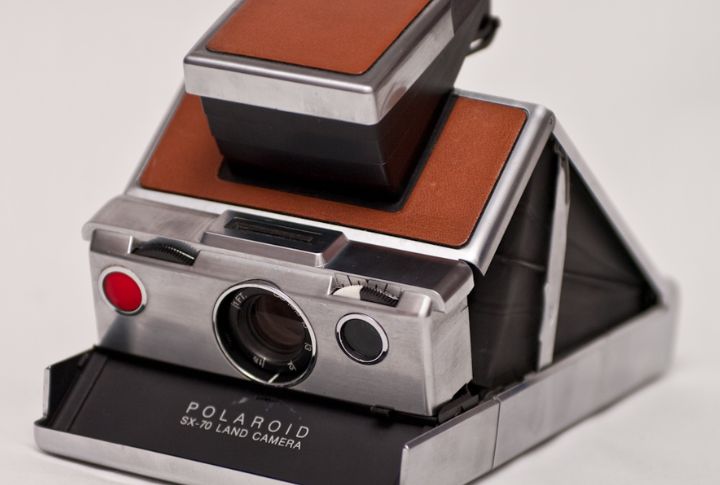
Revolutionizing photography with instant film, Polaroid made snapshots magical long before smartphones. Even though it filed for bankruptcy in 2001, the core idea of instant sharing, which was beloved by icons like Andy Warhol, outlived the brand itself.
Ocean Pacific (OP)
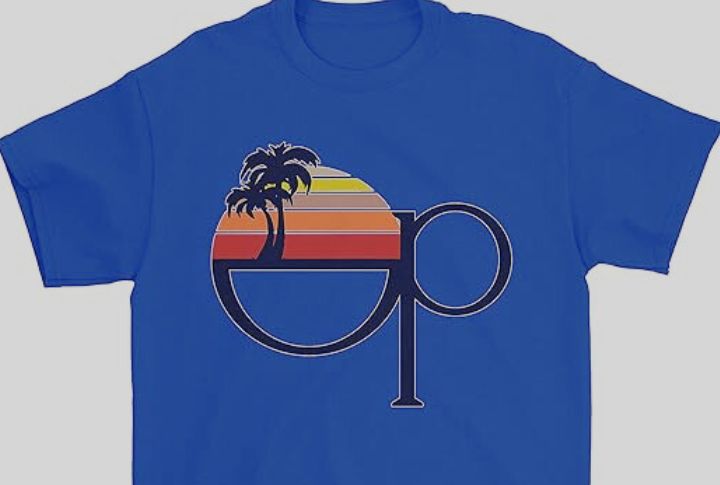
Neon board shorts and graphic surf tees made OP a trendsetter among teens by the mid-1980s. It blended laid-back beachwear with mass retail appeal. However, as skating and hip-hop fashion gained ground, OP faded from the spotlight by the early ’90s.
Sega (As A Console Maker)
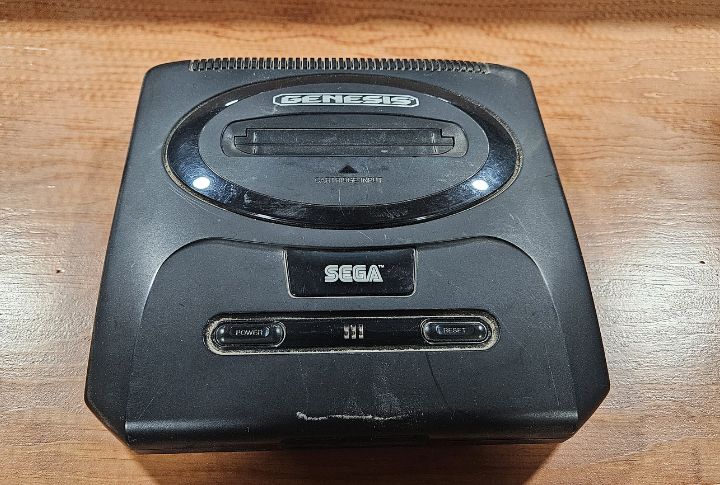
Characters like Sonic the Hedgehog helped Sega ignite the imaginations of gamers in the late ’80s and early ’90s. While its Genesis and Dreamcast systems built devoted fandoms, the hardware race proved unsustainable. By 2001, it had pivoted away from consoles and fully leaned into software.
VHS (As A Format)
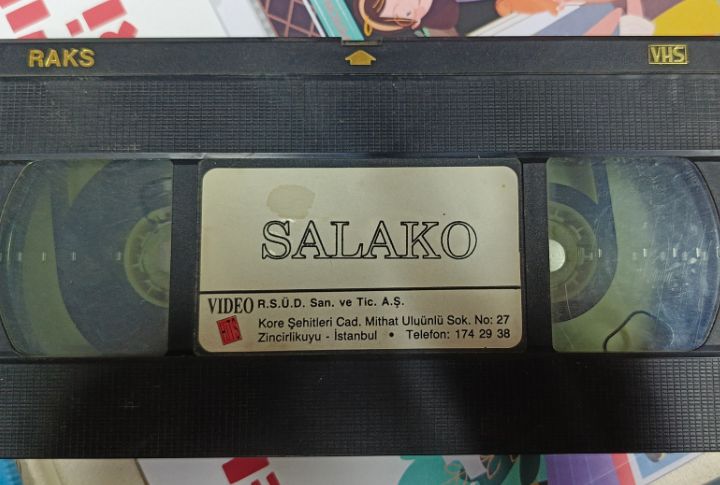
Movie nights at home wouldn’t have felt the same without VHS tapes stacked beside the TV. Before DVDs took over, they dominated how Americans watched and recorded shows. The last major Hollywood release on VHS came in 2006, turning the format into a nostalgic relic of analog home entertainment.
Mervyn’s
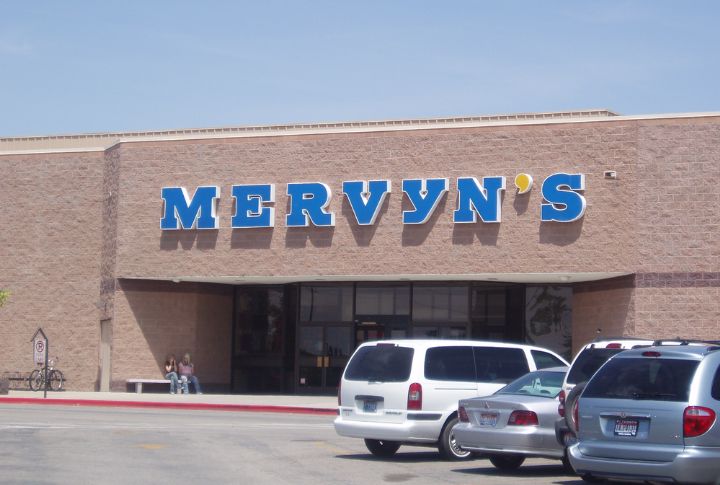
The department store Mervyn’s, named after Mervin Morris, became famous for its playful “Open, Open, Open” campaign. This mid-tier retailer filled suburban malls with affordable fashion until it was liquidated in 2008. Despite regional loyalty, it couldn’t survive changing retail economics and shrinking margins.
Circuit City
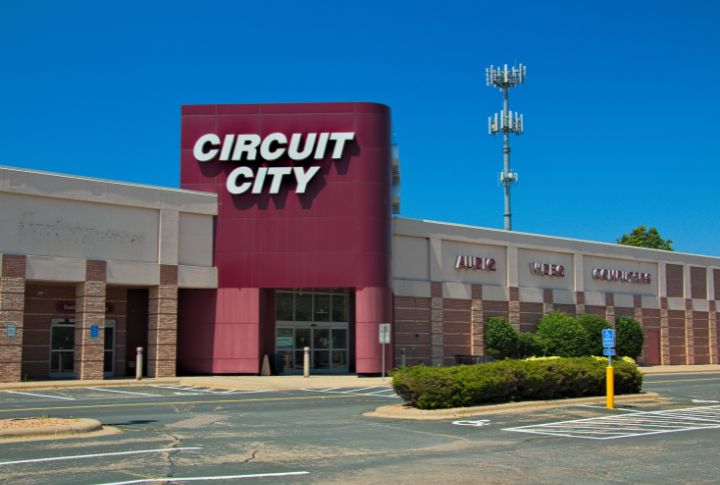
Red storefronts and big-box electronics helped Circuit City rival competitors like Best Buy throughout the ’90s. It even launched CarMax, a popular shop for used cars, before losing steam online. However, as e-commerce surged, the company couldn’t adapt fast enough and was forced into liquidation by 2009.
Coleco
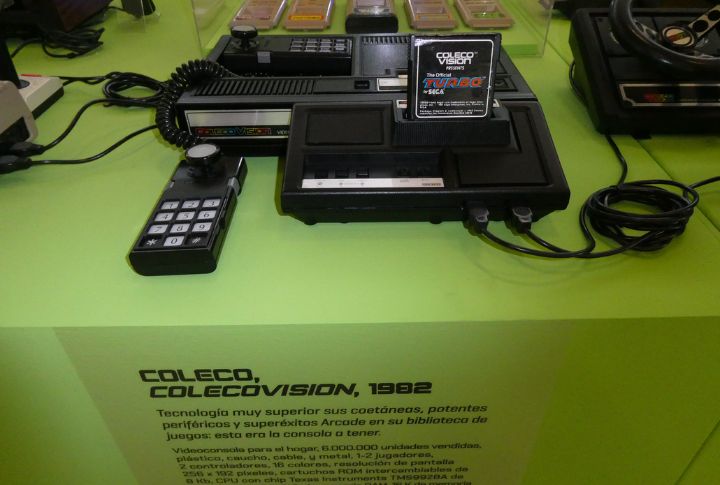
Shifting from leather goods to video games paid off briefly for Coleco. The 1982 ColecoVision impressed with advanced graphics, and the company struck gold again with Cabbage Patch Kids. But, trends moved fast, and by 1988, financial strain had pushed the brand into bankruptcy after a dramatic rise and fall.
Nickelodeon (As A TV Network)
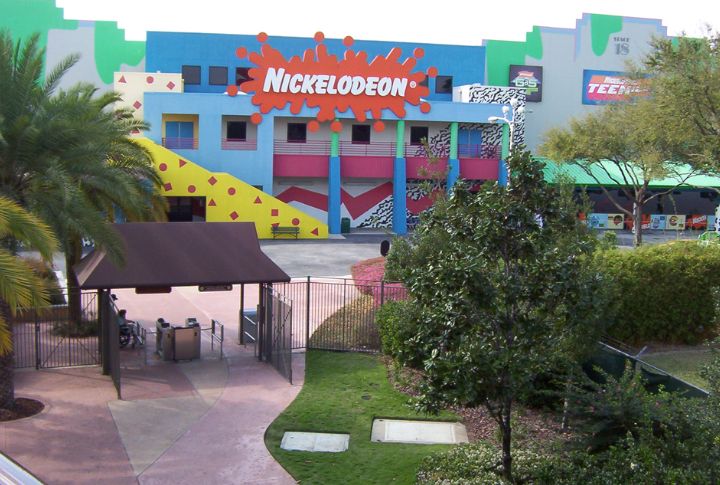
In the ’80s, Nickelodeon became a cultural powerhouse for kids, introducing quirky shows like “You Can’t Do That on Television” and “Double Dare”. The bright green slime and interactive programming captivated young audiences, turning the network into a trendsetter. Its influence also helped shape a generation’s sense of humor and love for offbeat entertainment.
Zayre
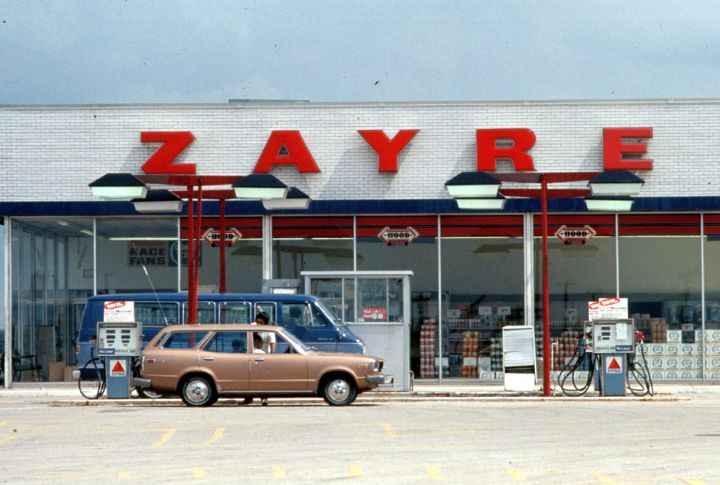
Retail history credits Zayre with helping launch TJX Companies, now home to brands like T.J. Maxx. The chain was sold to Ames in 1988 after a period of intense competition in the retail market. Even its name, meaning “very good” in Haitian Creole, reflected its optimistic branding.
Betamax
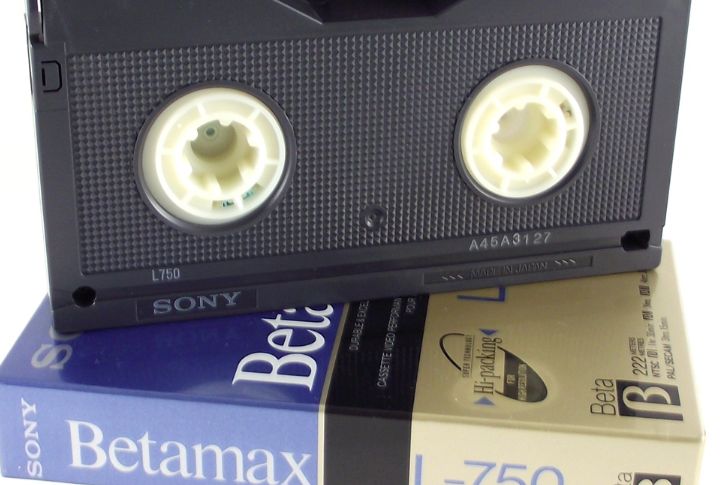
Picture quality and compact design gave Betamax early buzz, but limited recording time and higher cost slowed adoption. VHS quickly pulled ahead and won the format war against the brand by sheer market volume. And the phrase “Betamaxed” became shorthand for superior tech that failed commercially.
Oldsmobile
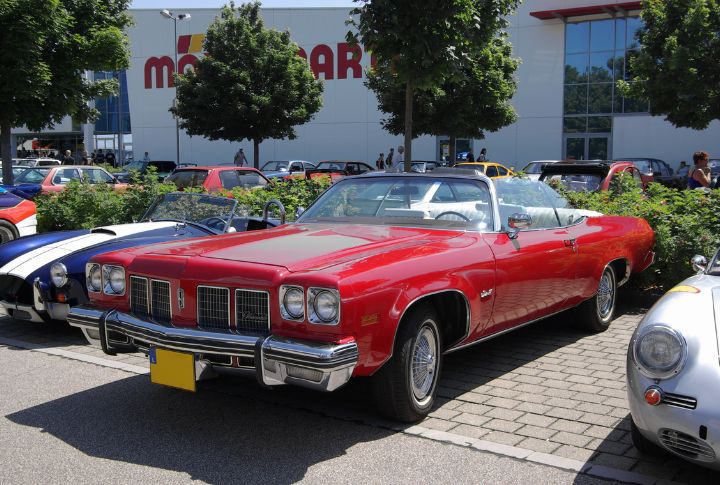
Luxury feel at a practical price made Oldsmobile a driveway favorite through the ’80s. Models like the Cutlass Supreme delivered solid performance and mass appeal. Still, as brand loyalty declined and General Motors trimmed its portfolio, the final Oldsmobile rolled off the line in 2004.
Members Only
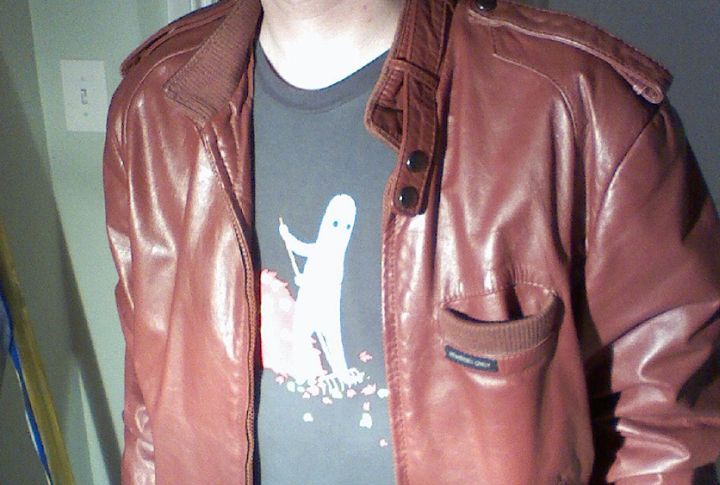
By the mid-’80s, Members Only jackets had become iconic, thanks to their slim collars and signature epaulettes. Television commercials amplified their cool, blending street style with mainstream fashion. Today, the brand lingers, but its original cultural impact has mostly faded.
Eagle Computer
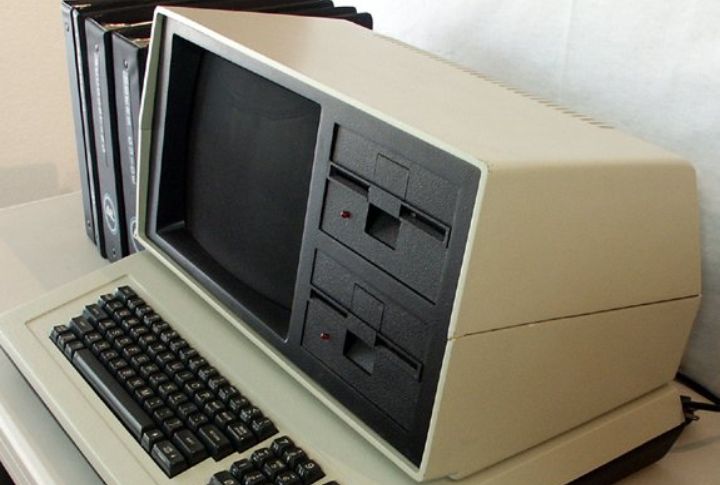
Excitement surrounded Eagle Computer’s early IBM-compatible machines, but momentum stalled suddenly. Just before the company’s IPO in 1983, its CEO passed away, shaking investor confidence. Sales never recovered, and what could’ve been a serious competitor in the personal computer boom ended almost as quickly as it began.
